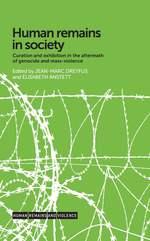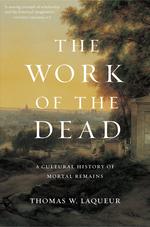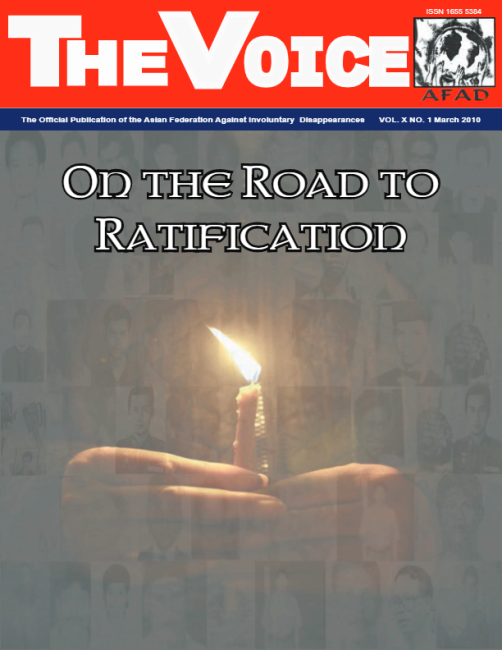Bone memory: the necrogeography of the Armenian Genocide in Dayr al-Zur, Syria
This article discusses how Armenians have collected, displayed and exchanged the bones of their murdered ancestors in formal and informal ceremonies of remembrance in Dayr al-Zur, Syria – the final destination for hundreds of thousands of Armenians during the deportations of 1915. These pilgrimages – replete with overlapping secular and nationalist motifs – are a modern variant of historical pilgrimage practices; yet these bones are more than relics. Bone rituals, displays and vernacular memorials are enacted in spaces of memory that lie outside of official state memorials, making unmarked sites of atrocity more legible. Vernacular memorial practices are of particular interest as we consider new archives for the history of the Armenian Genocide. The rehabilitation of this historical site into public consciousness is particularly urgent, since the Armenian Genocide Memorial Museum and Martyr’s Church at the centre of the pilgrimage site were both destroyed by ISIS (Islamic State in Syria) in 2014.






